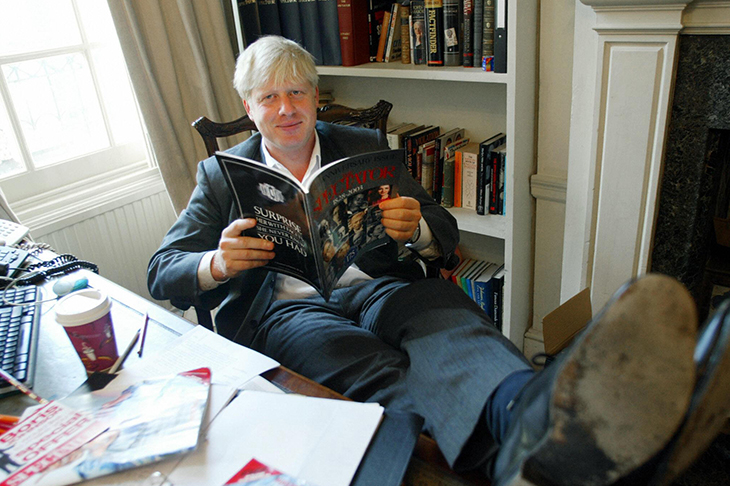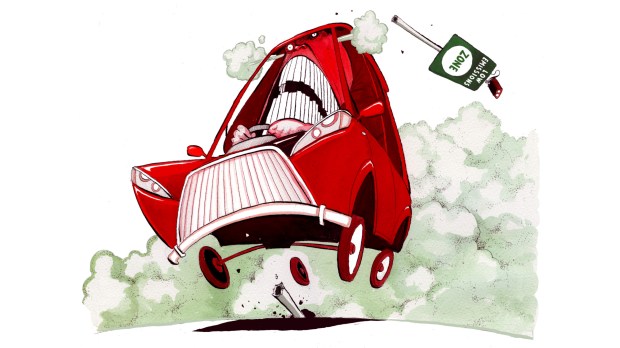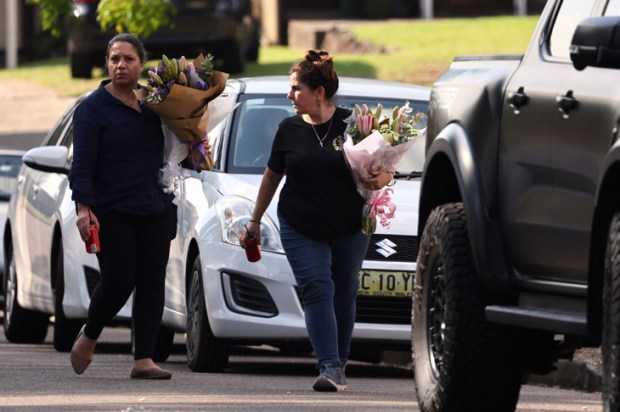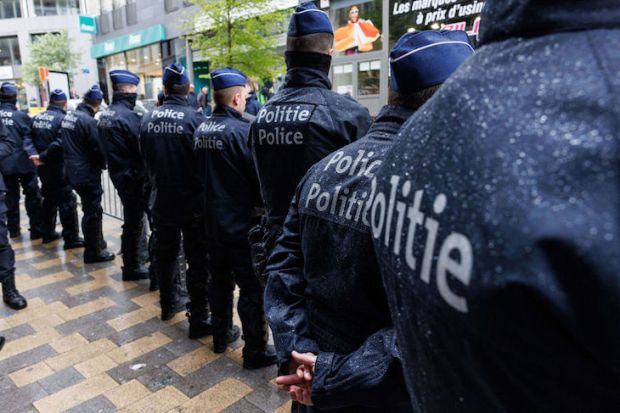I’ve been contacted by a professor at a leading Russell Group university who is worried about the spread of progressive dogma in the UK’s higher education sector. He highlighted last week’s report by the Equality and Human Rights Commission which claimed that around a quarter of students from ethnic minority backgrounds at Britain’s universities have experienced racial harassment. He fears that this will be used by left-wing activists on campus as ‘proof’ that the higher education sector is ‘systemically racist’ and lead to further calls to ‘decolonise the curriculum’. He’s also concerned that he’ll have to spend more time at ‘equality, diversity and inclusion’ workshops, where he’s lectured by privately educated white men in their early twenties about ‘unconscious bias’, as well as dealing with vexatious complaints from social justice warriors in his department. ‘Britain’s universities are in the grip of their own version of China’s cultural revolution,’ he says.
The EHRC report is called ‘Tackling racial harassment: Universities challenged’ and purports to show just how unwelcoming higher education institutions are for people of colour. According to the report, 24 per cent of black, Asian and minority ethnic (BAME) students, and an even higher proportion of staff, have experienced racial harassment. Pavita Cooper, an EHRC Commissioner who’s written a foreword to the report, says we must do more to protect people of colour from ‘feeling unsafe’ and take ‘visible action’ to ‘prevent and tackle’ racial harassment.
But what does the EHRC mean by ‘racial harassment’? In the executive summary, the report’s authors admit the incidents complained of are, in many cases, ‘microaggressions’. In the United States, commonplace ‘microaggressions’ include saying the country is a ‘melting pot’, claiming to judge people by the content of their character rather than the colour of their skin (a speech crime known as ‘colour–blind racism’), and arguing that ‘diversity training’ is unnecessary.
There’s nothing quite that OTT in the EHRC report, but its examples of ‘microaggressions’ include lecturers ‘screwing up their faces’ on seeing hard-to-pronounce ethnic names on the register, adopting the wrong ‘-attitude’ when talking to a person of colour, and inappropriate ‘body language’. That’s not what most people consider ‘racial harassment’ — and the EHRC acknowledges that such acts may not be intended to offend and don’t meet the definition of harassment in the 2010 Equality Act. Never-theless, it recommends various statutory and regulatory measures to force university administrators to punish anyone guilty of these sins, such as broadening the legal definition of harassment, withholding research funding from institutions if they don’t enforce a new code drawn up by the EHRC, and making it easier for ‘victims’ of harassment to sue.
At my informant’s place, these recommendations have already prompted the vice-chancellor to bombard his staff with yet more anti-racist gobble-degook — ‘the moronic inferno of virtue-signalling’, he calls it. And his vice-chancellor is relatively sane compared with most.
What’s so absurd about all this is that Britain’s universities are among the least racist places on earth. Roughly 20 per cent of students are BAME, compared with 18 per cent of 18- to 24-year-olds across the whole of the UK’s population, and the percentage among academic staff is 15 per cent, compared with 13 per cent of the population. But the data that really give the lie to this nonsense can be found in the EHRC report. My professor discovered that if you drill down into the detail, you find that each university received an average of 2.3 total staff complaints of racial harassment and 3.6 total student complaints in the past four years. Britain’s universities employ 670,000 staff and teach 2.3 million students, so that means 0.05 per cent of staff and 0.02 per cent of students actually lodged official complaints. ‘Almost statistically insignificant,’ he says.
He is so exasperated that he asked if I knew of any jobs going in right-of-centre thinktanks. Unfortunately I don’t, not least because the Charity Commission has been making their lives more and more difficult. I urged him to stay put and fight the good fight. But with the ever-growing army of left-wing diversocrats fanning out across the sector, it’s a war he doesn’t expect to win.
Got something to add? Join the discussion and comment below.
You might disagree with half of it, but you’ll enjoy reading all of it. Try your first month for free, then just $2 a week for the remainder of your first year.














